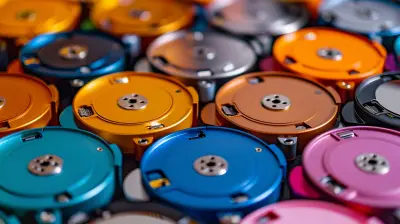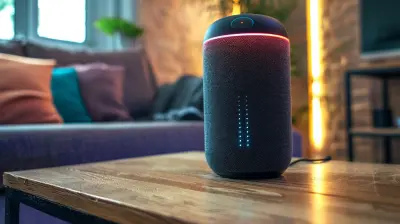Drones vs Traditional Filmmaking: A Comparison
9 July 2025
Have you ever watched a movie scene with a jaw-dropping aerial view and thought, “Wow, how on earth did they film that?” Welcome to the thrilling world of modern filmmaking, where drones are swooping in (literally) to challenge the old-school ways of capturing scenes.
Today, we’re diving deep into drones vs traditional filmmaking—not to take sides but to unpack how each method shapes the way we tell stories on screen. Whether you’re a budding filmmaker, a drone hobbyist, or just a curious movie buff, there’s something here for everyone.
Let’s roll!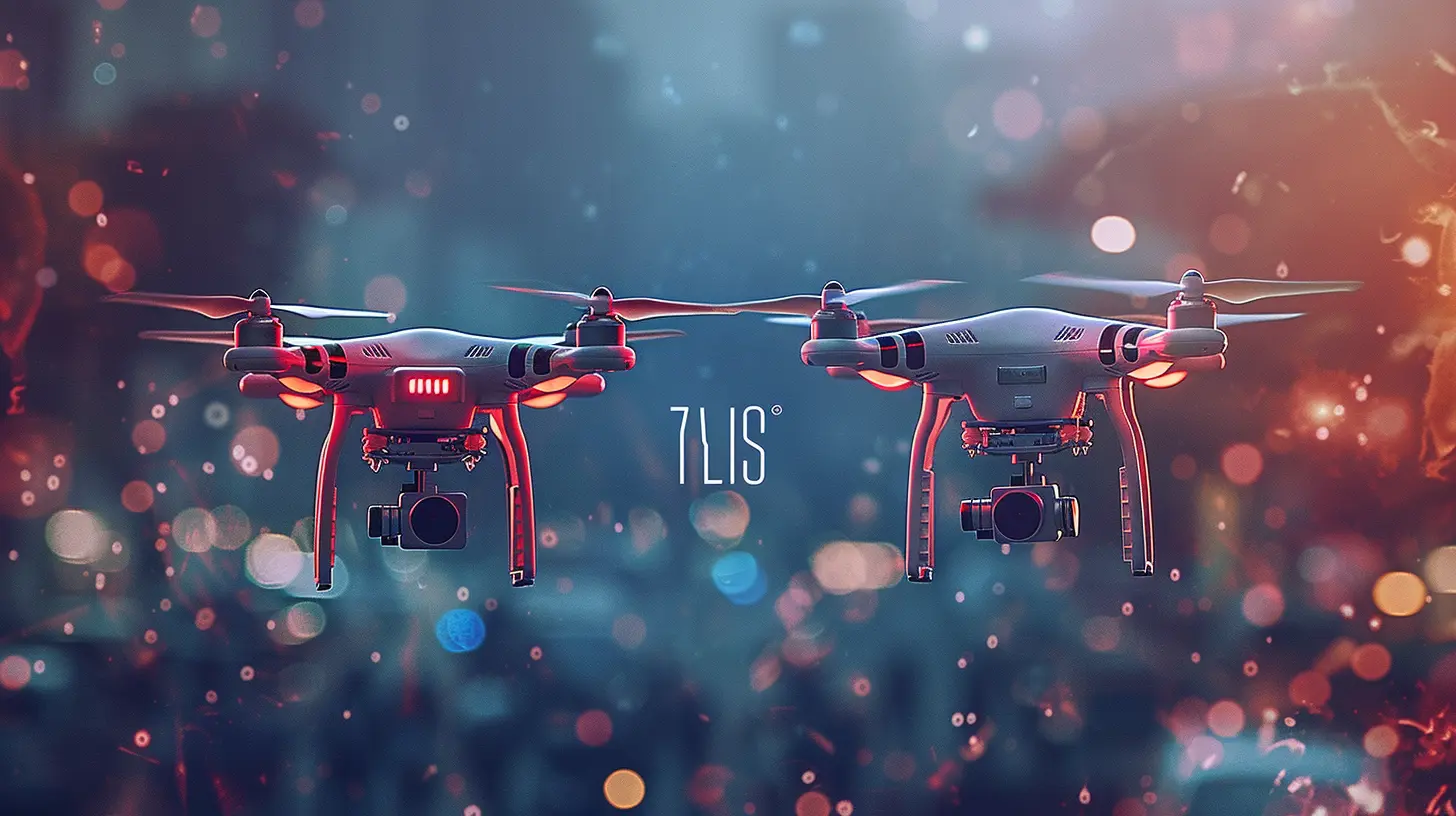
The Evolution of Filmmaking: A Quick Look
Before we jump into the nitty-gritty, let’s rewind a bit.Traditional filmmaking—think dolly tracks, cranes, helicopters, and good ol’ tripods—has been the gold standard for decades. And for good reason. It's precise, reliable, and time-tested.
On the flip side, drones—those buzzing little flying machines—have only recently entered the filmmaking arena, but wow, have they made an entrance! They offer new creative angles, flexibility, and high-quality footage without breaking the bank.
Now, let’s break this down scene by scene.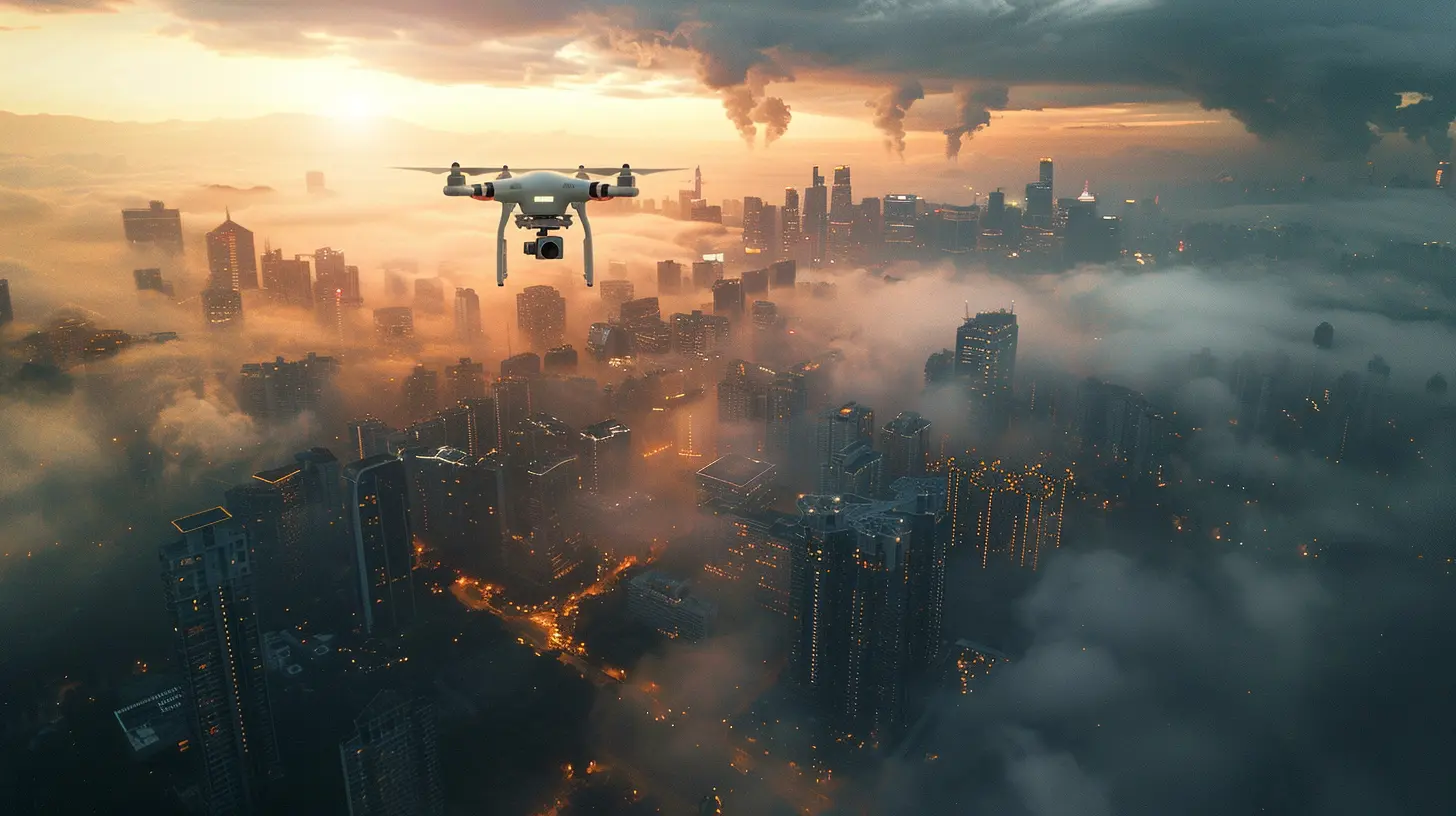
1. Cost: Breaking the Bank or Budget-Friendly?
Traditional Filmmaking: Pricey and Picky
Let’s be real—traditional equipment can cost a fortune. Need that perfect aerial shot? Rent a helicopter. Want a smooth overhead pan? Set up a massive crane. The crew required to operate all this gear doesn’t come cheap either.You're not just paying for equipment—you’re paying for:
- Insurance (lots of it)
- A licensed crew
- Transportation logistics
- Permits
- Time. And time is always money on a film set.
Drones: Sky-High Shots, Low-Level Costs
Drones totally flip the script here. You can literally buy a professional-grade drone for the price of renting a chopper for a few hours. No complex setup. No huge crew. In most cases, a skilled drone operator can do the job solo or with one assistant.And the result? Stunning, cinematic footage that doesn't drain your budget.
Winner: Drones, hands-down, especially for indie filmmakers and low-budget productions.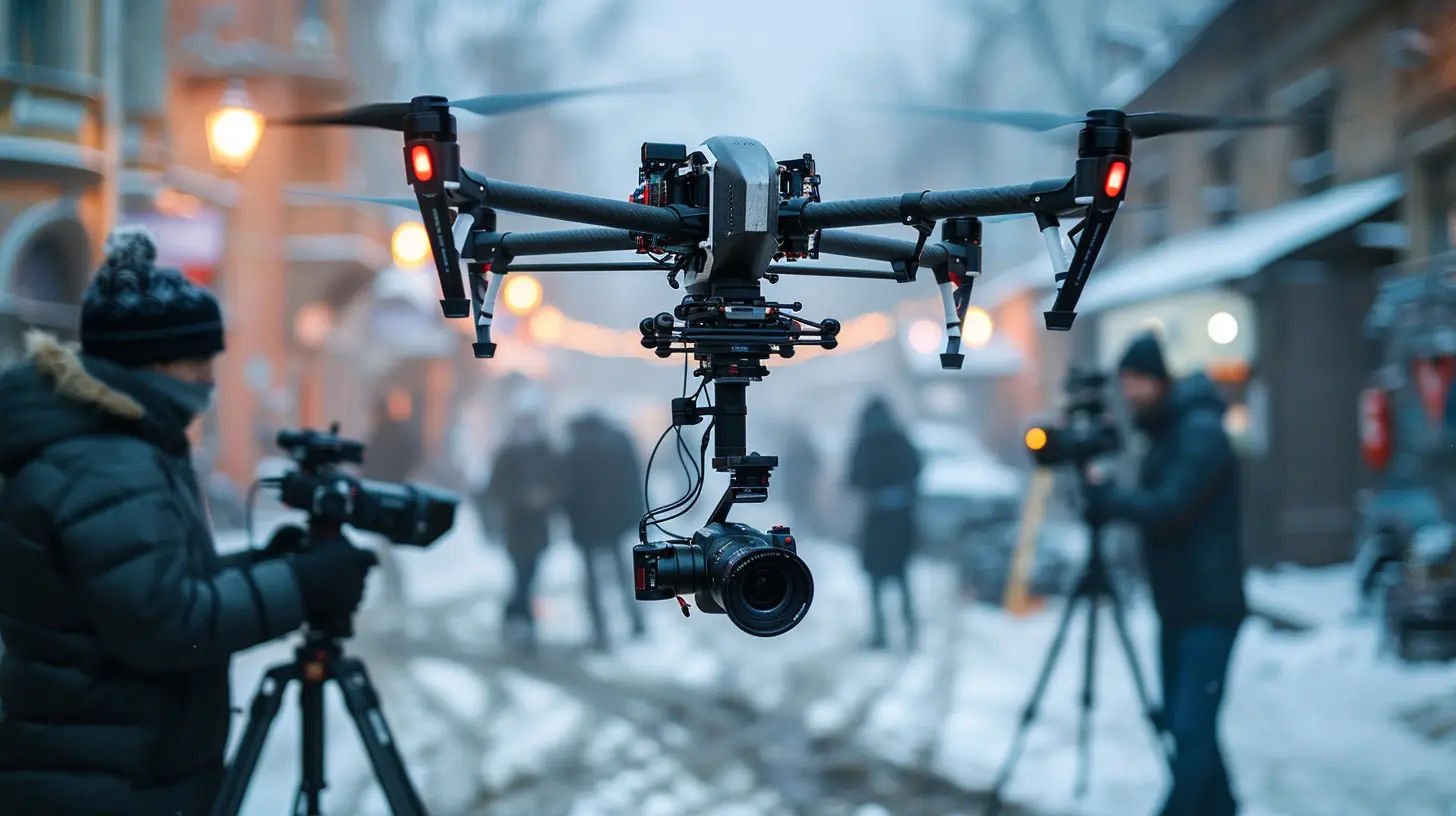
2. Flexibility and Accessibility
Traditional Gear: The Behemoths of the Set
Traditional rigs are, let’s face it, bulky. Ever tried moving a dolly track through a forest? Or flying a helicopter over a narrow canyon? Not easy. These setups take time, planning, and, often, a bit of compromise.There’s a reason traditional methods are mostly used in big-budget productions—they're powerful, but not exactly nimble.
Drones: Agile, Nimble, and Always Ready
On the flip side, drones are like that dependable sidekick who’s always down for an adventure. Want to film in tight spaces? No problem. Need a last-minute sunrise shot from a cliff? Done.They’re incredibly maneuverable, and with GPS and stabilization tech, they can hover, pan, and swoop with precision that was once unthinkable for such small gadgets.
Winner: Drones win again, especially in terms of agility and location freedom.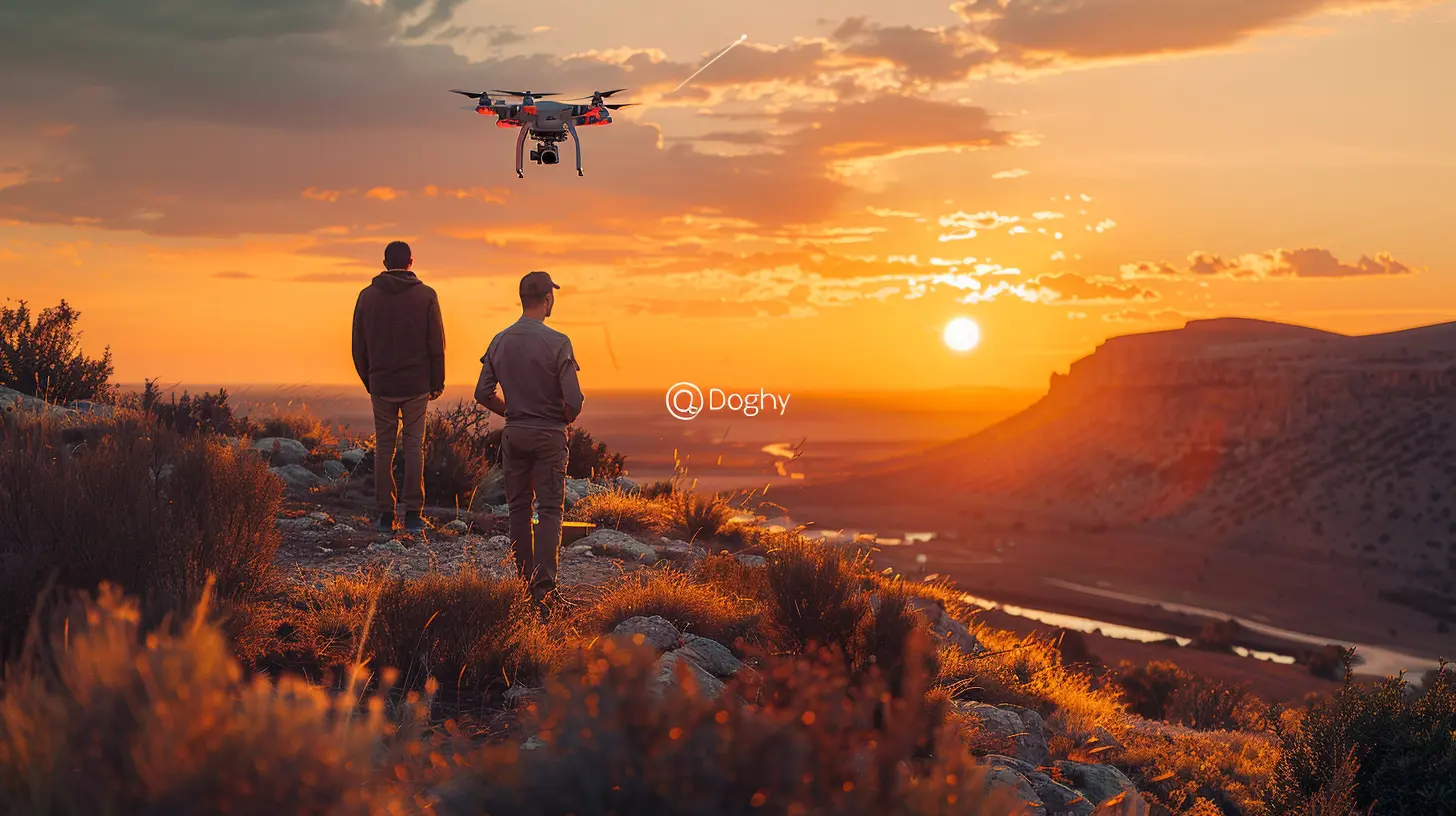
3. Cinematic Quality: Does Size Matter?
Traditional Methods: High-End by Design
There's a reason filmmakers still lean heavily on traditional tools. When you want the absolute best image quality—think 8K resolution, wide dynamic range, deep depth of field—traditional cinema cameras and rigs still take the cake.They offer full creative control with interchangeable lenses, advanced lighting setups, and real-time monitoring.
Drones: Catching Up Fast
Let’s give credit where it's due. Drone cameras have come a long way. Brands like DJI, Autel, and Sony are developing drones that capture stunning 4K and even 6K footage with excellent stabilization and color science.But. (There's always a but.) Most drone cameras still don’t match the sheer versatility and image quality of top-tier film cameras. Though with every software update and hardware upgrade, the gap is closing fast.
Winner: Traditional setups—for now. But drones are hot on their heels.
4. Safety and Legal Concerns
Flying High Has Its Risks
Operating traditional film equipment may be complex, but it’s generally safer and well-regulated. You’ve got experienced crews, insurance, and clear protocols.Now, drones? They can be risky. Crashes happen. Equipment gets lost. Regulatory paperwork is a must. And don’t forget the no-fly zones. Flying a drone over people, in crowded cities, or near airports? Yeah, big no-no.
To avoid penalties (or worse), drone operators must be licensed, follow FAA (or local aviation authority) rules, and stay updated on changing laws.
Winner: Traditional methods take this one for being more predictable and legally straightforward.
5. Creative Possibilities: What's in the Director’s Toolbox?
Traditional Filmmaking: Infinite Control
There's something beautiful about traditional camerawork. The control. The tactile feel. The hours spent perfecting one shot. Directors can play with focus, lighting, angles, and motion in extremely nuanced ways.You want a slow dolly-in for dramatic tension? Easy. A smooth tracking shot through a hallway? No problem.
Drones: The Wow Factor
Drones aren’t just flying cameras—they're creative beasts. Think sweeping landscape shots, dynamic transitions, and perspectives that were once impossible without aircraft.And with features like waypoint navigation and follow modes, drones can replicate complex movements consistently. It’s like having a flying Steadicam with a mind of its own.
Winner: Tie. Traditional gear offers depth and precision. Drones bring flair and innovation. Why not use both?
6. Time Efficiency: Set It Up or Send It Up?
The Old Way: Set Up, Test, Repeat
Traditional filming setups can take hours to prep. From setting tracks to rigging cranes—usually every shot setup is a mini production of its own.If you're running short on daylight or on a tight schedule, this can be a major hurdle.
The Drone Way: Ready, Set... Fly
Drones are crazy fast when it comes to deployment. You can go from packed case to airborne in under five minutes. That means more shots, more angles, and less time wasted.And let’s be real—how many golden hour shots were missed waiting on the crane to be ready?
Winner: Drones all the way for speed and efficiency.
7. Learning Curve: Who Can Use It?
Traditional Equipment: Training Required
Operating traditional film gear isn’t something you pick up overnight. Film school, apprenticeships, on-set experience—it all adds up. The learning curve is steep but rewarding.Drones: Easier Than You Think
Using drones does have a learning curve, especially for cinematic shots, but it’s surprisingly approachable. With built-in safety features, obstacle avoidance, and automated flight modes, even beginners can get decent results quickly.Within a few months of practice, you could be flying like a pro.
Winner: Drones, especially for newcomers to film production.
8. Environmental Impact: Eco-Friendly Filmmaking?
Traditional Filmmaking: Footprint Matters
Let’s face it—trucks full of gear, aircraft for aerial shots, and giant lighting setups aren’t exactly gentle on the planet. Big film productions tend to have big carbon footprints.Drones: Lighter and Cleaner
Drones are battery-powered, compact, and require fewer people and vehicles to operate. That makes them a more sustainable choice, and that's something more filmmakers are starting to care about.Winner: Drones, by a long shot.
So... Drones or Traditional Filmmaking?
If you’re still wondering, “Which one is better?”, take a breath. Because the answer isn’t black and white.Here’s the deal:
- Drones are fantastic for aerials, establishing shots, and adding a modern cinematic flair—all with speed and agility.
- Traditional methods remain unrivaled in control, image quality, and craftsmanship for certain types of scenes.
Smart filmmakers aren’t choosing one or the other—they’re blending both. Use drones to compliment your traditional shots. Let drones replace the helicopter. Let traditional gear handle the close-ups and dialogue scenes. It’s not about competition—it’s a collaboration.
Final Thoughts: The Best of Both Worlds
The debate between drones vs traditional filmmaking isn't really a fight—it's more like pairing red wine with cheese. Each one enhances the other.As drone technology keeps evolving and becomes more accessible, we’ll likely see even more hybrid productions. The future of filmmaking isn’t just on the ground or in the sky—it’s wherever your imagination takes you.
So grab your camera—or your drone—and start creating. Because the best tool is the one that tells your story the way it needs to be told.
Lights. Camera. Fly!
all images in this post were generated using AI tools
Category:
DronesAuthor:

Adeline Taylor
Discussion
rate this article
2 comments
Kassandra Kelly
Fascinating comparison! How do drones redefine creativity in traditional filmmaking techniques?
November 20, 2025 at 11:58 AM

Adeline Taylor
Drones enhance traditional filmmaking by offering dynamic aerial perspectives, enabling unique storytelling techniques and creative shots that were previously difficult or impossible to achieve.
Rhiannon McAllister
This article effectively highlights the key differences between drones and traditional filmmaking. While drones offer unique aerial perspectives and versatility, traditional methods provide proven stability and control. Both have their merits, and the best approach often depends on the project's specific needs and artistic vision.
July 24, 2025 at 4:30 AM

Adeline Taylor
Thank you for your insightful comment! I completely agree that both drones and traditional filmmaking each bring unique advantages that can greatly enhance a project's outcome.
